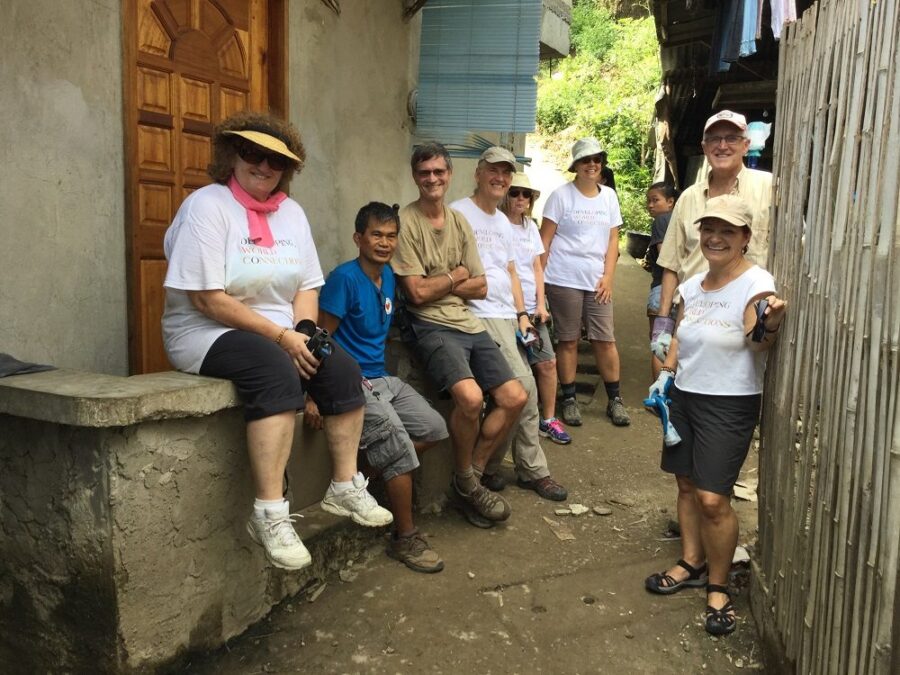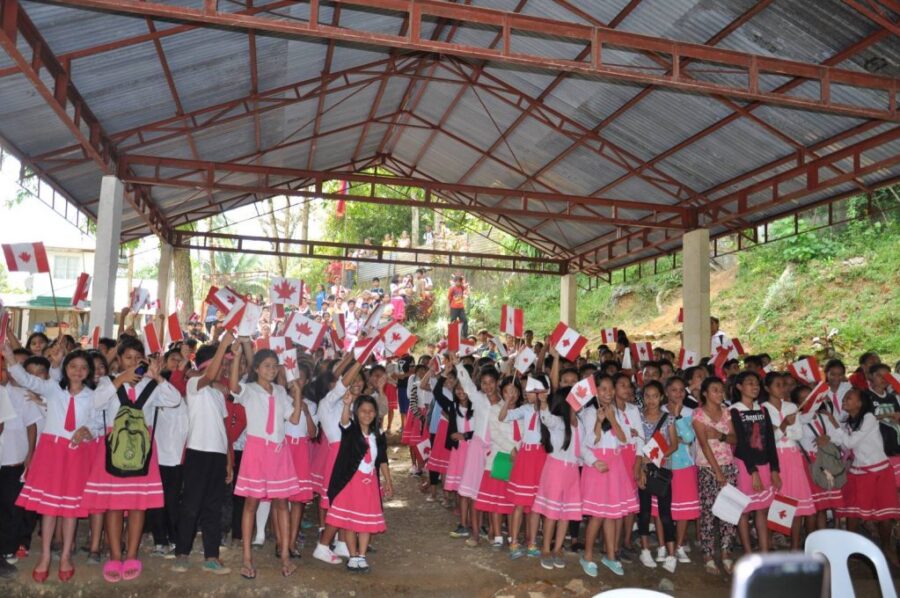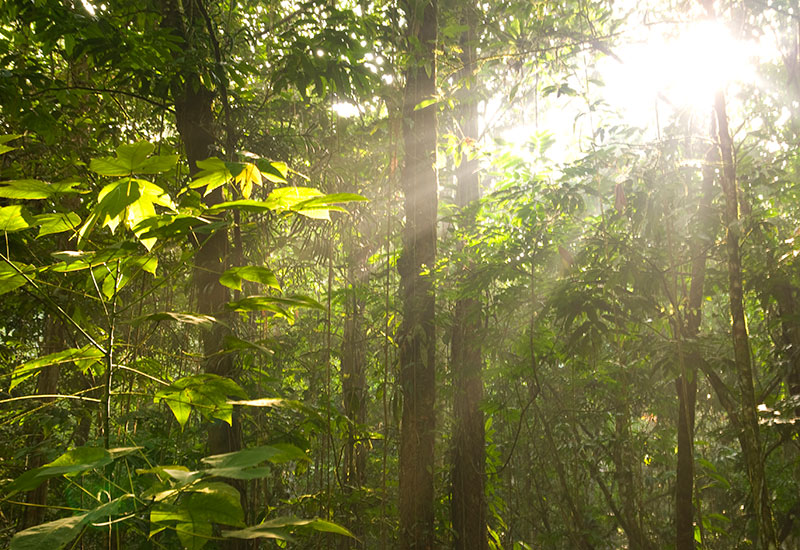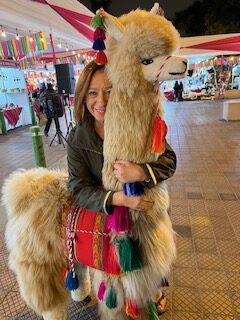
Cebu, PhilippinesWorking together to bring people together
Our teams in Cebu have built homes for families and made improvements to schools while working with our in-country partner, Rise Above Foundation, a non-profit, Non-Government Organization, based in Cebu, Philippines that aims to help improve the quality of life for the poor and underprivileged. They provide educational opportunities, livelihood training, and health and hygiene programs.
DWC’s upcoming volunteer teams will be helping to repair classrooms, establish a library and build toilets to benefit Caba-asan Elementary School and its six teachers and 117 students. The school is situated at Caba-asan, Dambagon, Pinamungajan, about 80 km from Cebu City. It suffered extensive damage from the Odetta Typhoon.
Volunteers will make an impact in the lives of children here, who need quality education to lead better lives. There are about 22 million children in the elementary school section and about 8 million students in high school, getting ready to take on the world.
In Philippines
- As of 2021 almost a quarter of the 111 million Philippine population live in poverty.
- As of 2019, an estimated 64% of Filipino households struggle with food insecurity, and two in every 10 children under the age of 5 are underweight. The high rates of natural disasters and large numbers of people living in rural areas contribute to this hunger problem and make food inaccessible for many in the Philippines.
Volunteer to make a differenceA Typical Workday in Philippines
As a volunteer helping families and schools in Cebu, Philippines, you can expect to work six to eight hours per day. This means waking up early, around 6:00 or 7:00 am for breakfast and travelling to the project site to begin work between 8:00 and 9:00 AM. You will work at your own pace and you don’t need any special skills or training. We hire local skilled labourers who will give training onsite. There is a lunch provided in the middle of the day and the project work typically wraps up around 4:00 pm. For dinner, the team typically selects a restaurant near their accommodation.
You’ll work alongside like-minded volunteers who are also passionate about travel and giving others a hand up, not a hand out.
Read day-to-day experiences of our volunteers in the Philippines on the Philippines Blog »


It's Not All WorkVisit the beautiful Island of Boracay or Banaue Rice Terraces
The Philippines is a remarkable country made up of more than 7,000 islands. The island of Boracay in the Philippines is famous around the world for its beautiful white beaches. The island is only 7km in length and at its narrowest just 500m wide but people flock here for the outstanding beauty that the island offers. The main attraction is White Beach that has a 4km stretch of white sand that is surrounded by restaurants, hotels and diving shops.
Banaue Rice Terraces to be the “Eighth Wonder of the World” and it is easy to see why when you begin to look at their shear magnificence. The terraces are 2,000 years old and they were carved into the mountains of Lfugao with the use of very few tools. The terraces are still used today by the locals who plant their vegetables and rice there, as they are naturally irrigated by the surrounding rainforests.
Trip Details

Travel Light Offset Your Carbon Footprint
Carbon offsets are used to compensate for the greenhouse gasses that we create through certain activities, such as flying. For every tonne of carbon released into the atmosphere, an ‘offset’ is a carefully designed project that absorbs or stores the equivalent CO2 emissions. You can choose to offset your own flight, your whole family’s, or do this as a gift for a friend.
Offset Your Carbon Footprint
